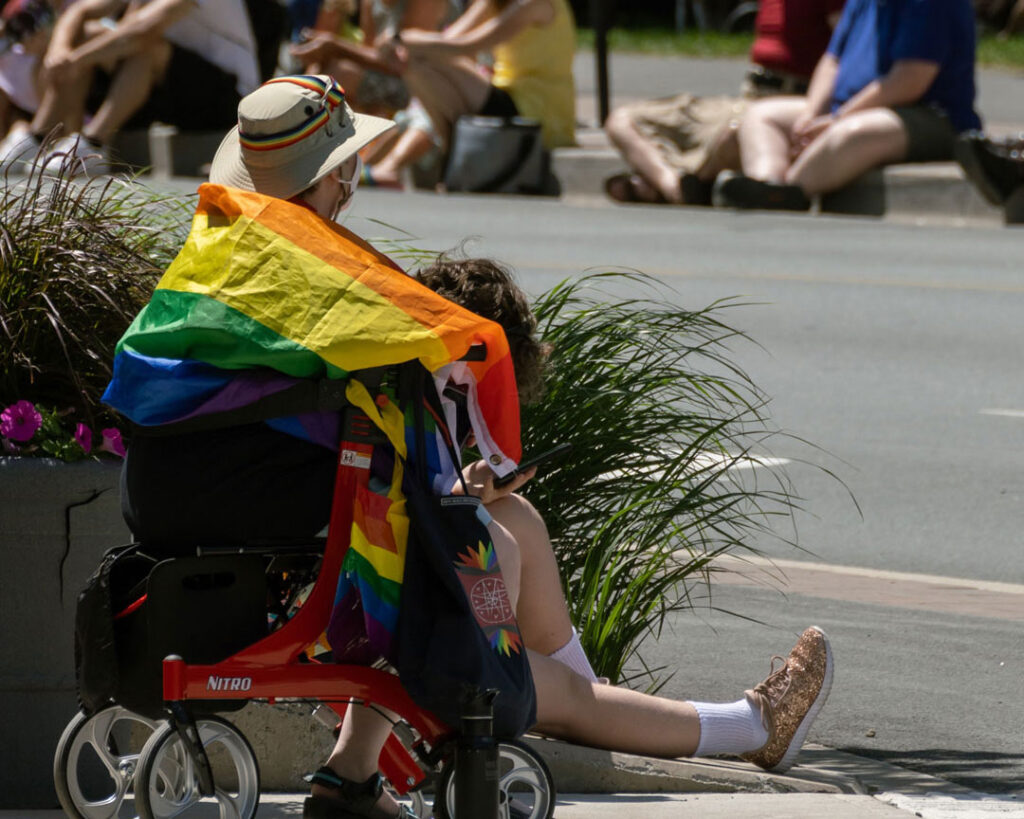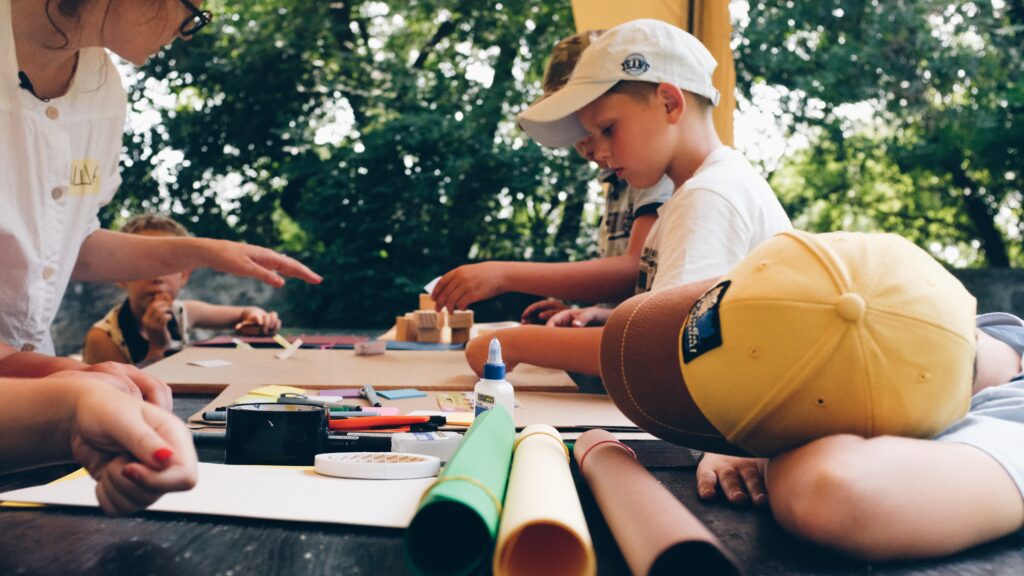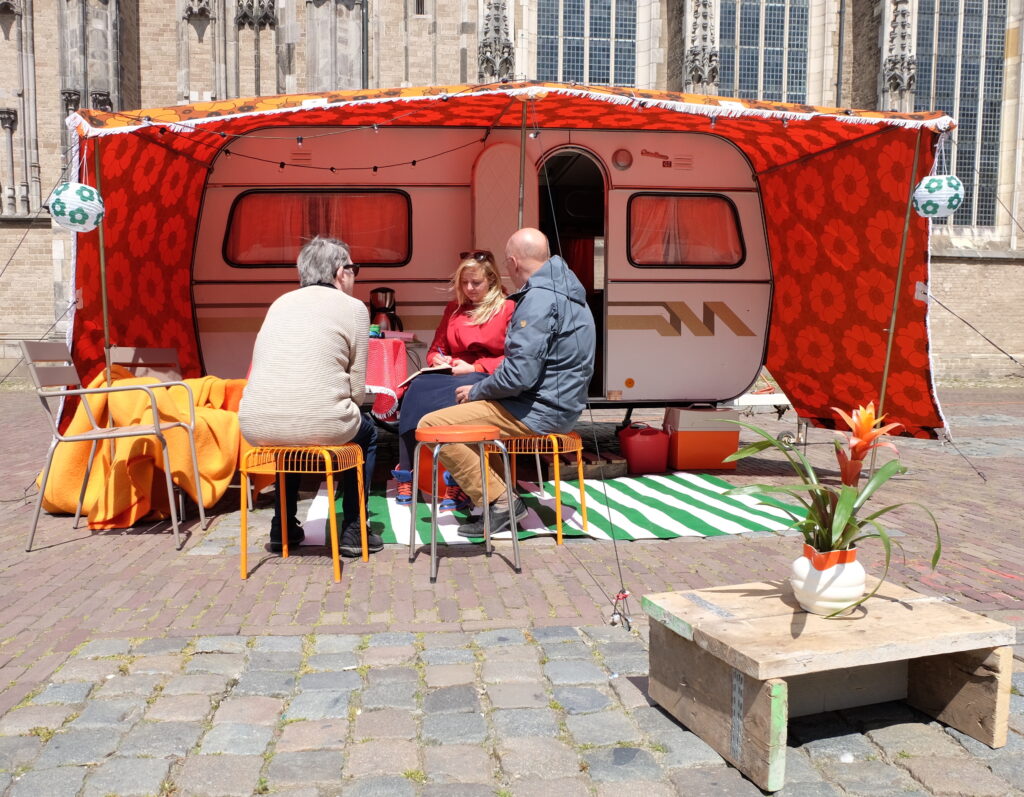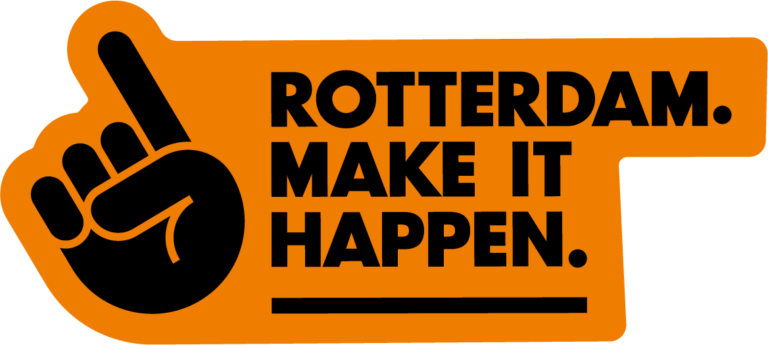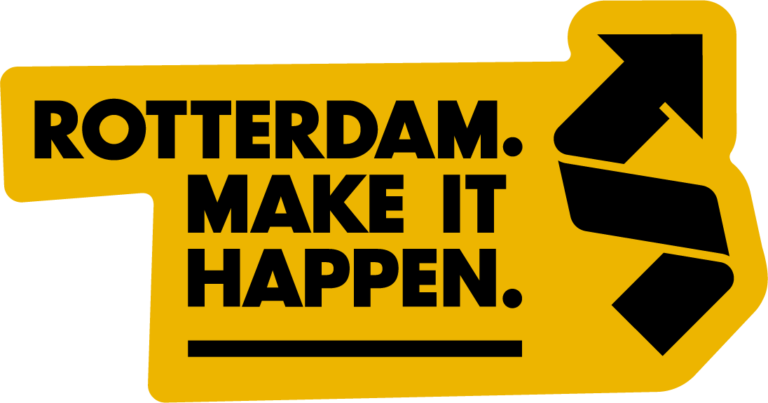Physical exercise and movement in public space is a human right and an integral part of everyday life. This means that the design of public space must take physical activity into account and therefore be inclusive for different groups that access public spaces much less frequently. Beyond gender, which has historically been shaped and normalised along binary lines (woman, man) with enormous privileges and freedoms that allow able-bodied white Cis-men to occupy and use public space, other identities that have been displaced and excluded such as trans, people of colour (POC) and non-normative bodies or cognitive abilities must be considered. Although different gender identities are now recognised and legitimised and more respect is sought for all individuals, heteronormative masculine power structures prevail, especially in regards to sports and public space.
Since scientists across disciplines concur that physical activity is a leading requirement to promote a healthy and resilient life, this topic is especially salient as a portion of people have been historically demotivated or excluded from full participation – such as women, POC, refugees and the LBBTQ+ communities. While contemporary cities certainly host a variety of genders and individuals in public life across many domains, and uphold values of equity and human rights orientation, it is vital for urban geographers, city makers and fitness professionals to robustly and critically understand the uses, inclusivities, and experiences of all facets of public life. Explicit consideration to historical trends and infringements of rights that have long-lasting and insidious undercurrents must be integrated into such investigations of public life.
The benefits of physical activity extend beyond health and contribute directly to achieving many of the United Nations 2030 Sustainable Development Goals (SDGs) (12), including reduced use of fossil fuels; reduced air pollution; less congested and safer roads; reduced inequalities; increased gender equality; sustainability of cities; and increased industry productivity.
When creating inclusive places in public spaces always keep in mind to:
- Create participation possibilities for different target groups such as families, kids, youth, elderly people, people with special needs, immigrants, and consider different groups’ time schedules and needs.
- Make sure to be inclusive for people with mental and physical disabilities, parents who may need childcare, people who may struggle with the local language and create a safe space for marginalised people.
- Think about digital and in-person participation possibilities to be truly inclusive.
Especially when creating inclusive places in public spaces for physical activity don’t you ever forget the following 7 recommendations:
- Beyond gender, we must also consider inclusion for all types of identities and individuals, and especially consider the “hidden” groups who do not engage with sport at all.
- Sense of safety is linked to gender identity. They need to feel safe to even begin. We must improve our culture and social norms of safety for those at risk.
- Most sport fields are mono-functional and oriented towards traditional masculine hegemonic sports, i.e. football, basketball. They mostly support elite or professional players. Indoor spaces for sport are often intimidating for new users. We must widen our definition of what sport is, and our understanding of movement and activity, and make the norms more open too. Similarly, we must also redefine competition in sports to be more inclusive and focus more on well-being, rather than competition.
- Seek out innovative and sensitive styles of ‘sport’ that are not rooted in masculine hegemony, colonisation, or gender norms. For example, football is fraught with hyper-masculine norms, and further, numerous sports teams have – until recently – been represented by appropriating mascots.
- We need to encourage more civic participation in the design and placemaking process.
- Partner up with sports stakeholders on campaigns focusing on taking care of our community and protecting the local at-risk groups via practising sport.
- Ask the community directly what they want and try out; choosing the most popular ideas. Use an Open Call to learn about their ideas, Sticker Democracy to vote, and Participatory Budget to fund the initiatives.
Want to explore more?
Check out the following case studies
Boogieland Foundation, Netherlands Amsterdam
Amsterdam – practice boxing in public space for free.
Cycle Along, Netherlands
This promotes bicycle use among women in Rotterdam, especially women with a bicultural background. Cycle Along stimulates women and their families to ride bikes instead of using cars or public transport. The programme not only empowers participants, but it enables them to live a healthier lifestyle and to extend their social and economic networks,” (excerpt from Our City?, chapter: “Moving people beyond A to B: promoting cycling on Rotterdam’s South Bank as a means for socio-economic development”).

